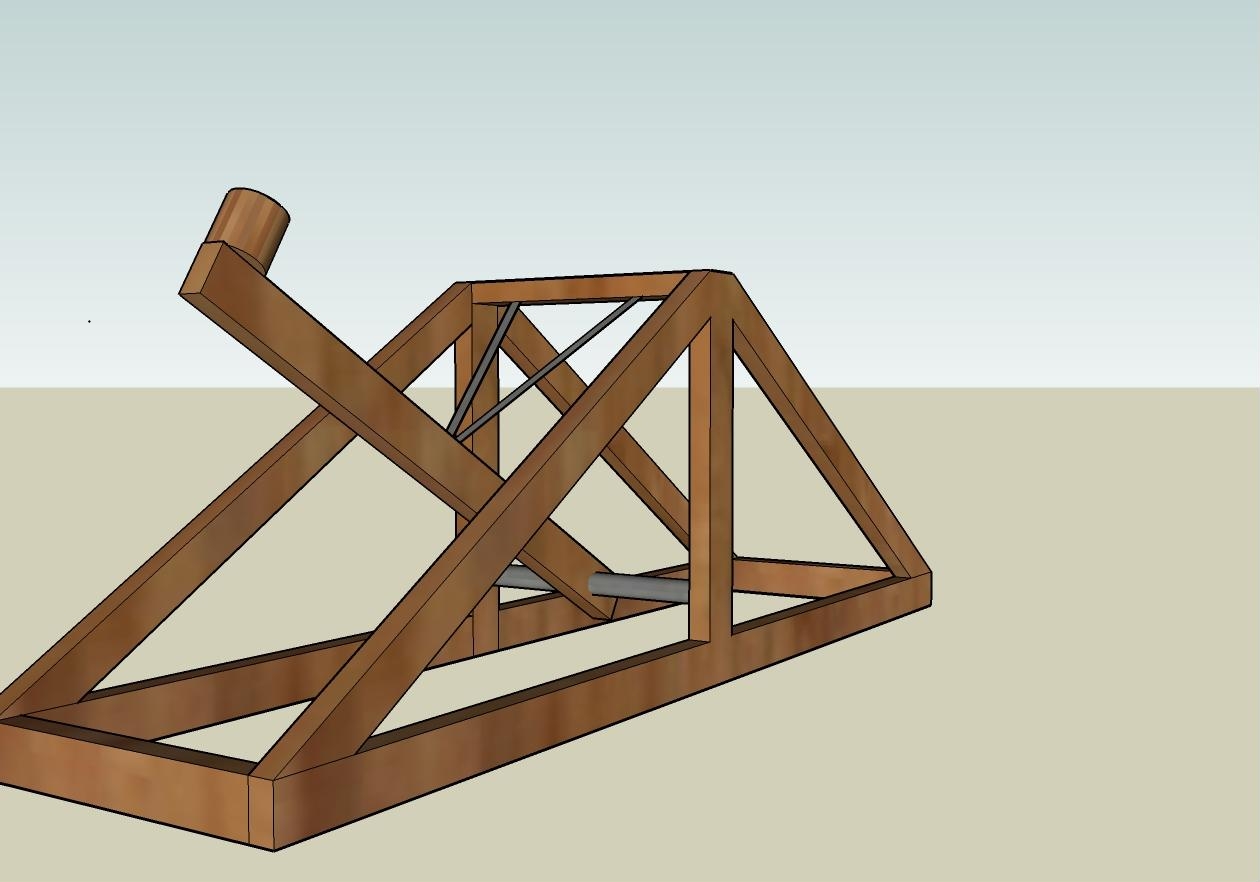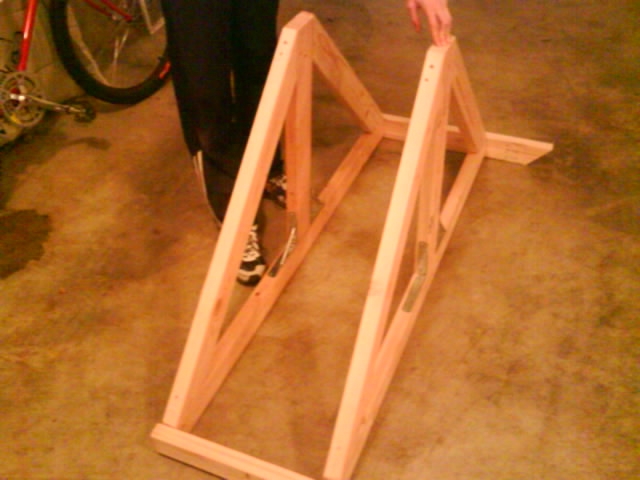Background
The catapult is one of, if not the earliest, siege weapons used in war. The earliest known catapults were made by the Nimrud civilization, which is in modern day Iraq in the 9th century BC. In the 4th century BC, the idea of the catapult spread rapidly around the Mediterranean where it was adopted by the Greeks as a “belly-bow”, which was “a large bow mounted on a case, one end of which rested on the belly of the person using it”(Cuomo, 2004). This weapon was fired manually, and firing distance was determined by the strength of the person firing it. As war grew more and more destructive, a faster and stronger version was required. Philip II of Macedonia is credited for the creation of the first torsion-based catapult. This catapult had “”springs” that is, tight bundles of sinews or ropes wrapped around two frames, which in turn were fixed on the case and connected with the release mechanism” (Cuomo). Today’s association with “the word "catapult" specifically means the lightest and most flexible Roman siege engine, used from about 200 B.C. to 400 A.D” (Tunis, 2008). This catapult was capable of firing 6-pound javelins, often coated in flaming tow, at distances up to 500 yards. The different types of catapults are various, so we will be focusing specifically on the single arm, tension based catapult. This catapult will launch the projectiles out of a bucket on the end of an arm rather than out of a sling, as the angle of the projection can be controlled easier. This form is debated to be known as the magonel, the onager, or the baliste (Société de l'Oriflamme 1998). While most of these forms rely on torsion power, we are going to make ours tension powered, for consistency and ease of use. The torsion power could have the possibility of the bundle of twisted cord snap and the projectile could injure/kill the user of the catapult. The tension power, however, will rely on elasticity or springs or one of the several other options used to power such devices in the Middle Ages. We are planning to launch many different types of projectiles to find which “fly” the most accurately/reliably. The variables that we will deal with would be the projectile that we use, the angle of launch and the resulting horizontal displacement of the projectile that has the forces acted upon it. We will need to use the conservation of energy theorem with tension as the initial energy given, which will in turn become the kinetic energy. We will use the formula relating springs and energy, as defined by Henderson (Henderson, 1996-2007). We will have to ensure that other constants remain such, so that our experiment will produce valid results.


